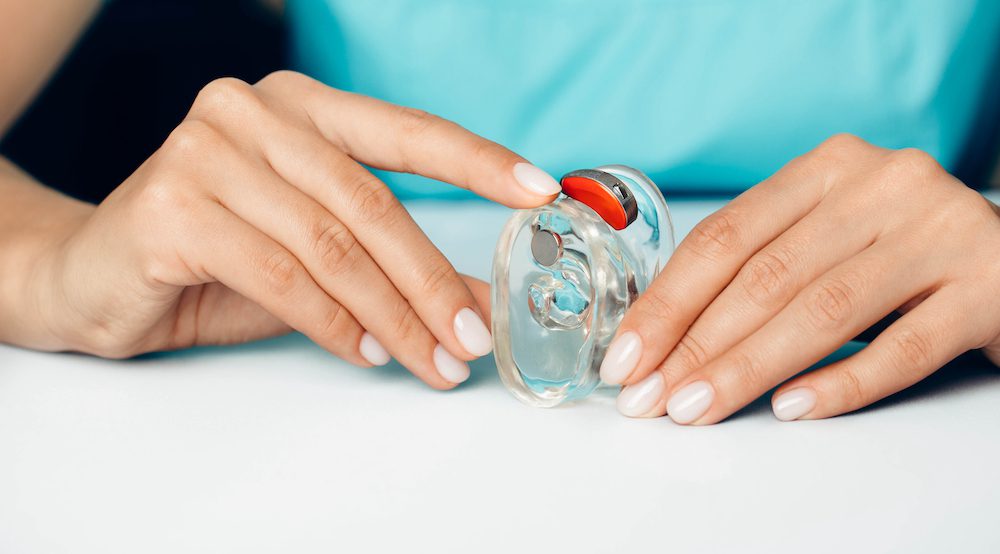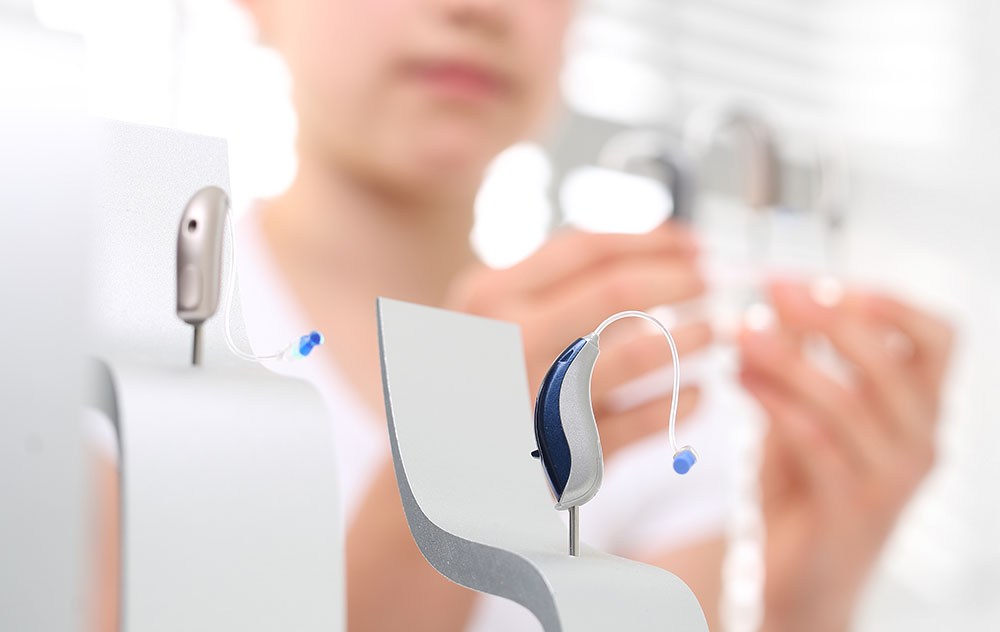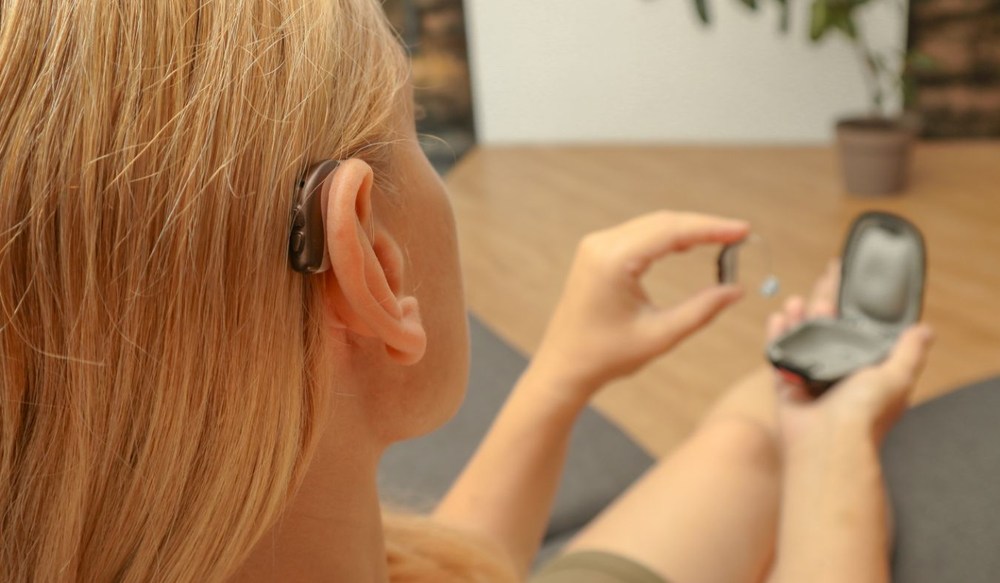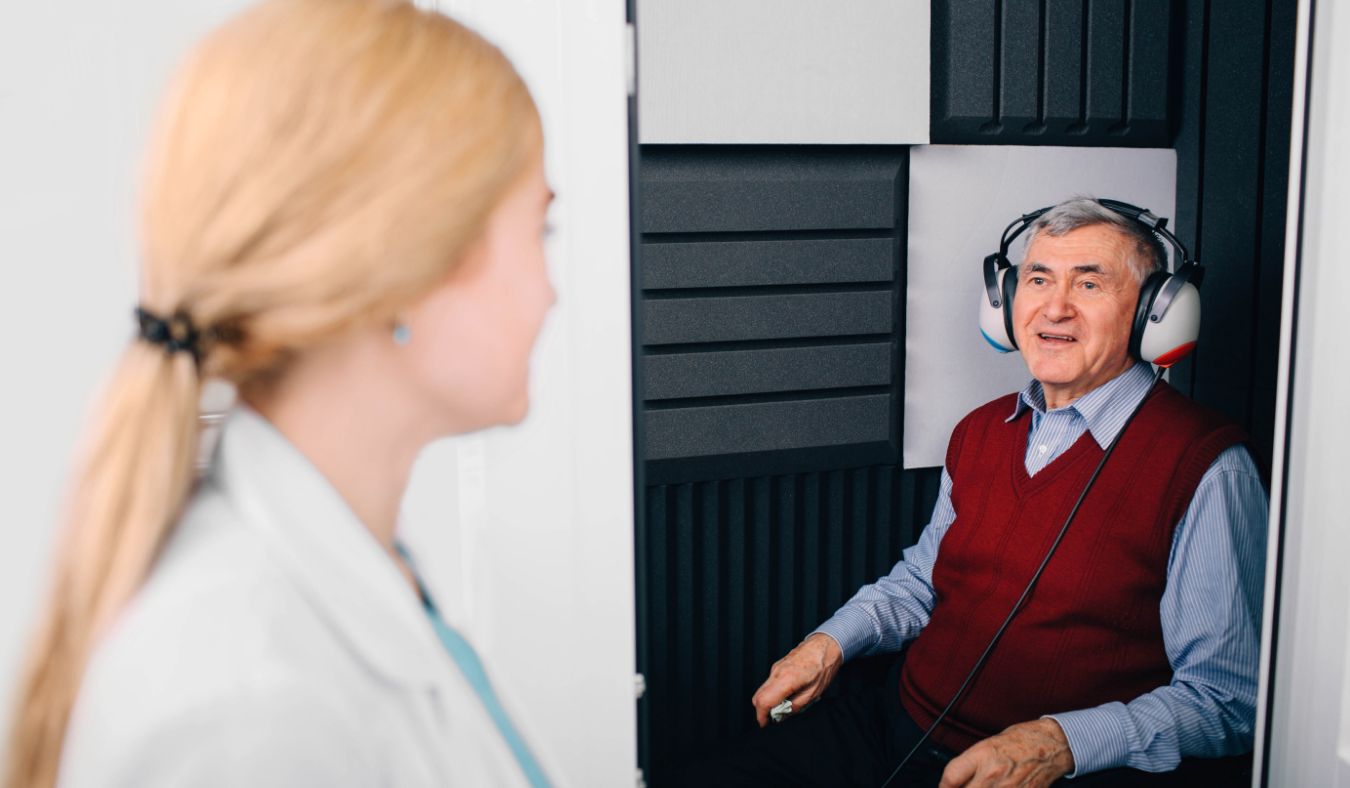Eco-Friendly Hearing Aid Options
As we become more aware of our environmental impact, many of us are


As we become more aware of our environmental impact, many of us are

Hearing is essential to our daily lives. It enables us to communicate with

We’ve all experienced moments of avoiding uncomfortable truths –